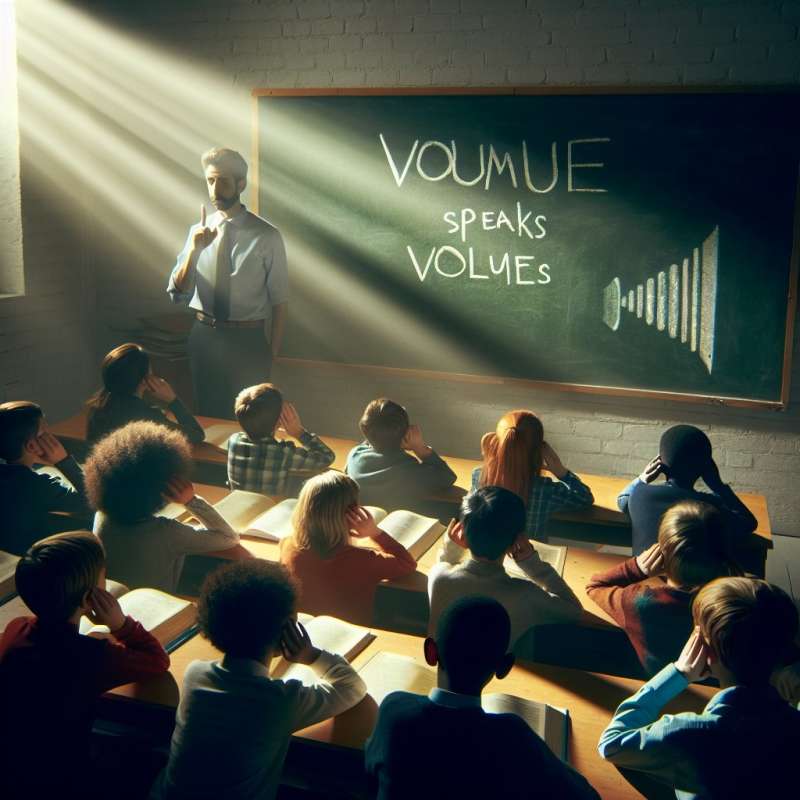
The Power of Tone
Did you know our tone conveys emotions more powerfully than words? Studies suggest that vocal tone can communicate happiness, sadness, and even sarcasm, influencing the message's reception far beyond the actual words spoken.
Volume Speaks Volumes
Varying volume can emphasize important points and keep listeners engaged. However, a consistently loud volume can overwhelm, while a whisper can compel listeners to pay closer attention. It's the contrast that keeps the audience on their toes.
Pace Yourself
A fast speech pace can convey excitement or urgency, while a slow pace can underscore significance or solemnity. Master communicators use pace variation to maintain interest and enhance message delivery.
Strategic Pauses
Pausing can provide listeners time to digest information and anticipate what's next, creating suspense and emphasis. Strategic pauses are a hallmark of effective public speaking, often overlooked but powerful.
Pitch Perfect
A high pitch can signify enthusiasm or surprise, while a lower pitch might suggest seriousness or authority. Altering pitch helps differentiate between statements, questions, and commands, enriching communication.
Melody Matters
Speech melody, or intonation, is like music in language. It shapes meaning and emotion. Monotone voices can make even the most exciting content seem dull, while varied intonation keeps the listener engaged and entertained.
Practice Makes Pro
Vocal variety is a skill perfected with practice. Recording oneself, seeking feedback, and observing skilled communicators can greatly improve your vocal delivery. Remember, the goal is to sound natural, not rehearsed.
What does tone primarily convey?
Literal word meanings
Emotions more than words
Volume variations
Company